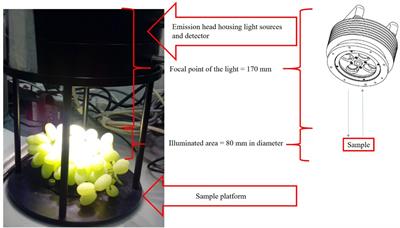EDITORIAL
Published on 28 Feb 2022
Editorial: Recent Advances of Near Infrared Applications in Fruits and Byproducts
doi 10.3389/fpls.2022.858040
- 1,895 views
- 4 citations
5,216
Total downloads
27k
Total views and downloads
EDITORIAL
Published on 28 Feb 2022
ORIGINAL RESEARCH
Published on 29 Oct 2021

ORIGINAL RESEARCH
Published on 08 Oct 2021

ORIGINAL RESEARCH
Published on 10 Sep 2021

ORIGINAL RESEARCH
Published on 09 Sep 2021

ORIGINAL RESEARCH
Published on 23 Aug 2021
